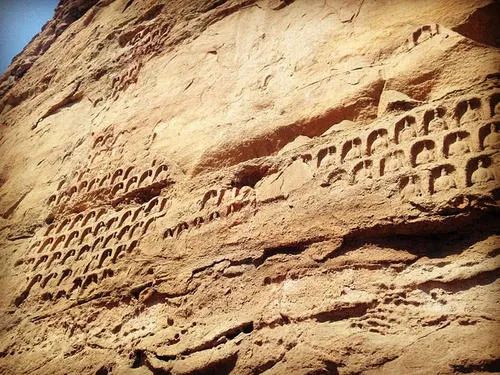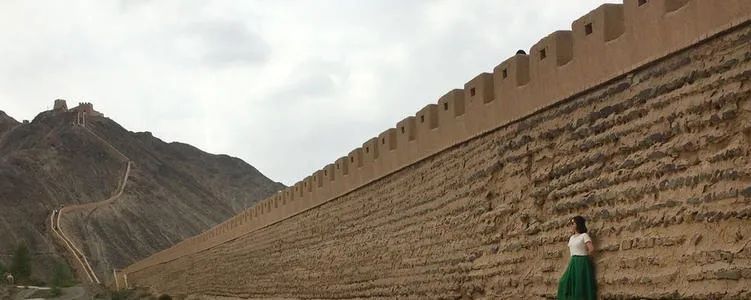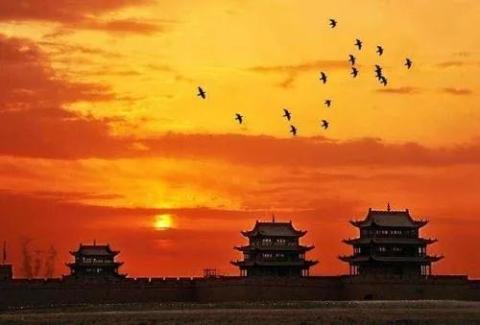
After leaving the Jiayuguan Gate Tower, we stayed at a little-known hotel in Jiayuguan City. Looking from a distance through the window, in the night, the city walls of Jiayuguan are shadowy, the buildings in the city are towering, and the streets are busy with cars and pedestrians.
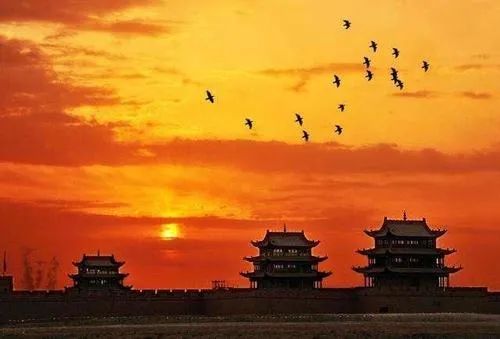
The emerging city of Jiayuguan was founded in the 1950s as a derivative of the "Jiuquan Iron and Steel Company". It was established as a city in 1965 and became a municipality directly under the Central Government of Gansu Province with the approval of the State Council in 1971. Historically, Jiayuguan was a city dominated by immigrants, with residents coming from all over, mostly from Northeast China and Shandong.
Jiayuguan is a city where the Great Wall culture and Silk Road culture blend. It has profound cultural heritage, rich tourism resources and rapid economic development. In just a few years, it has won the titles of "National Sanitary City", "National Excellent City for Comprehensive Environmental Improvement", "China's Excellent Tourism City", "National Environmental Protection Model City", "National Advanced City for Landscaping and Greening", " National Double Support City", "National Drug-Free City" and other honors.
Walking in today's Jiayuguan City, it is difficult to imagine that this place was once a barren land where "the wind blew stones away, and no grass grew everywhere". There is a red stainless steel sculpture in the city center that rotates day and night. This is the urban sculpture named after "Rise", which symbolizes that Xiongguan Steel City is like a sail that will always stand on the tide, riding the wind and waves, and moving forward bravely.
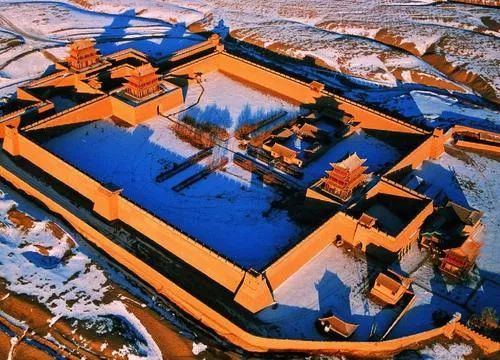
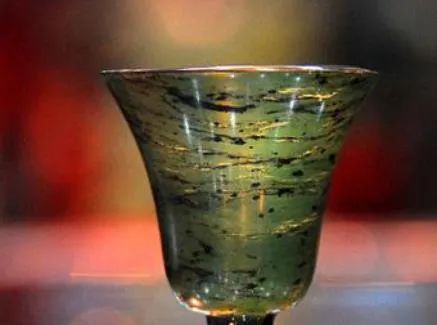
Tianshengqiao
Yuxiu snake pattern flower brocade robe, Zhang Qian rode his horse to create the bridge. The Silk Road is dug up and climbed higher and higher, The Buddha's shadow is painted blue and embroidered with peach. The tiger leaps over the three mountains and the Qilin Garden, Dragons soar all over the world and Phoenix nest. Lai Shui Huan snake pattern jade, When will China return to Shun Yao?
Note: On the Tuolai River outside Jiayuguan, There was a time when Zhang Qian was on an envoy to the Western Regions Walking over the Tiansheng Bridge.
Women and beacons
Men wear brocade belts and Wu hooks, The woman was bleeding in the beacon. It is common for a corpse to be wrapped in horse leather. The sword picks up the blue silk knife and hangs over the head. Looking across the green mountains and flying geese, The farm cattle are abandoned and hidden in the streets. It is sad to leave home and hear the joy of joining the army, Returning to the embroidered building with white hair.
Note: On the beacon embankment of the Great Wall of the Ming Dynasty, Women were often recruited to guard them.
From Jiayuguan to Jiuquan
The ruins of the pier were defeated and flooded the wilderness; Suddenly I passed the wine country from Qilian. The yellow wind monster is invisible to ordinary eyes, Mistakenly put the destiny into the Rubik's Cube. The gluttony devours the dream of sangzi, A feast to celebrate the new chapter. Dantaiqiu is full of smoke and green, How can it be compared to a puddle of water in a peach forest?
|
